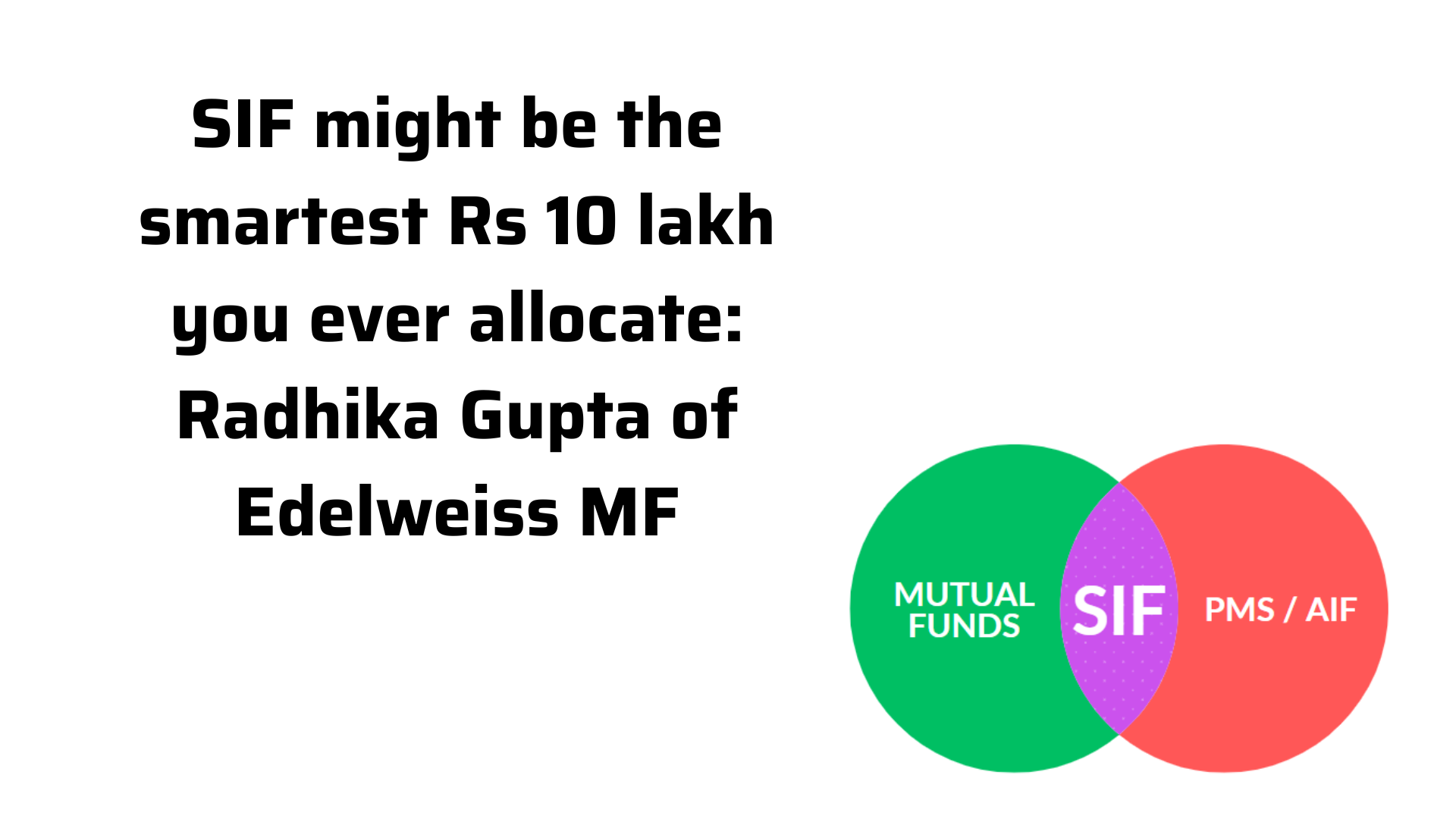Let’s say you’ve been investing for a while. You’ve graduated from FDs and PPFs into mutual funds, maybe even flirted with PMS or AIFs. But every time your CA files your taxes, you sigh at the efficiency leakage. Or worse, you stare at a Category III AIF’s tax statement and wonder whether it’s a fund or a fine. Enter the SIF: Specialized Investment Fund. It’s not a magic wand, but it may just be the missing link for sophisticated investors who want structure without straitjackets and flexibility without fiscal frustration.
The Specialized Investment Fund, or SIF, is a SEBI-regulated offering created to give asset managers a more flexible framework than traditional mutual funds, without diving headfirst into the uncharted (and heavily taxed) waters of AIFs.
SIFs are launched under the mutual fund trust structure. That means they’re overseen by the same trustees, audited with the same rigour, and benefit from the governance layers we’ve come to expect in mutual funds. But unlike traditional open-ended MFs, SIFs can be structured as interval schemes. This allows investors to subscribe daily but redeem only on specific days (e.g. twice a week). It’s a minor trade-off for investors, but a big win for fund managers who need breathing room to run complex, lower-liquidity strategies. Though some SIFs can have daily redemptions as well, particularly Equity focused ones.
At the top, you still have a sponsor, typically the parent company or financial group. Below that sits the trust, which houses multiple schemes including SIFs. The asset management company (AMC) executes the strategy, manages risk, and communicates with investors.
The real difference lies in what the AMC is allowed to do within a SIF. While mutual funds are tightly bound by daily liquidity, leverage restrictions, and conservative derivative use, SIFs are allowed:
• Short exposures through derivatives (up to 25% unhedged)
• Use of special situations and arbitrage strategies
• Wider discretion on portfolio construction
This makes them ideal vehicles for hybrid long-short, market-neutral, and event-driven strategies.
Now let’s talk tax — because this is where SIFs really shine compared to AIFs and PMS structures.
At the fund level, SIFs enjoy the same exemption as mutual funds under Section 10(23D). This means income earned by the fund is not taxed before it reaches the investor. In contrast, Category III AIFs are taxed at the fund level, often at the highest marginal rate (business income at 30%, with surcharge and cess on top). That’s money gone before it hits your account.
At the investor level, taxation depends on the nature of the underlying asset and the holding period:
• Equity-oriented SIFs (holding equity instruments for over 12 months) are taxed at 12.5% LTCG.
• Debt-oriented SIFs As per Tax Slab.
• Other (equity holdings less than 65% at gross level): (holding period > 24 months) also benefit from a 12.5% LTCG rate.
• Short-term gains are taxed either at slab rate or 20%, depending on the asset class and holding period.
Compare that to PMS, where capital gains are taxed in the hands of the investor — but without the advantage of fund-level pooling or uniform treatment. Or to AIFs, where the complexity of tax pass-through (in Cat II) or fund-level tax (in Cat III) can leave even seasoned investors confused.
SIFs clearly score high on taxation and strategy flexibility. But they also introduce some unique considerations investors should not ignore.
Risks and considerations: Read the fine print
SIFs, despite their regulated wrapper, are not a “buy and forget” product. They carry a few important risks:
• Interval Liquidity: You can’t redeem anytime in Debt and Hybrid SIFs. This may create mismatches in case of emergency liquidity needs.
• Complex Strategies: Long-short and derivatives-based strategies require specialised execution. Not all AMCs are equally skilled here.
The verdict
SIFs are a welcome innovation in India’s investment universe — one that finally brings global-style absolute return strategies within the reach of sophisticated domestic investors. They offer a regulated, tax-efficient, and structurally sound alternative to PMS and AIFs, without the handcuffs of traditional mutual funds.
But they’re not for everyone. If you’re the kind of investor who checks NAVs every morning, wants daily liquidity, or prefers to keep things simple, stick with MFs. If you’re willing to give up a bit of liquidity for better strategy access and smarter taxation, then a well-managed SIF might be the smartest Rs 10 lakh you ever allocate.

